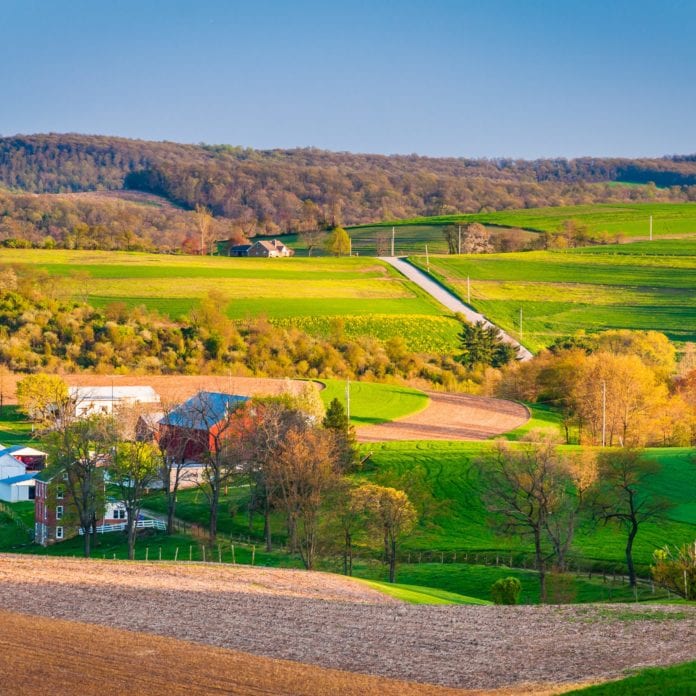It includes everything operators need to connect 1,000 homes; Nokia’s set 25 of them aside, it said
Nokia used this week’s Fiber Connect conference to announce a “network-in-a-box” fiber to the home (FTTH) kit aimed at rural broadband service providers. Nokia’s Broadband Relief Kit builds a town network of up to 1,000 homes. Nokia said that it’s set aside 25 of these kits for broadband providers, in total.
Nokia said it created the kit to address telecom supply chain deficits issues that are particularly affecting rural operators, while there’s plenty of money in the pipeline, thanks to the U.S. Infrastructure Investment and Jobs Act, to make those buildouts happen.
“While both public and private funds are available in unprecedented quantities, many small operators have found themselves unable to secure the necessary materials from their established supply chains to meet their self-imposed construction schedules or regulatory-imposed milestones,” said Nokia.
The network in a box addresses “hyper-localized markets,” said Sandy Motley, president, Fixed Networks at Nokia.
“The pandemic magnified the importance of having broadband regardless of a household’s geographical location,” she said.
Nokia bundles all the necessary FTTH equipment, software licenses, support, and in-home Wi-Fi gateways that a carrier needs to support 1,000 households. The kits support Gigabit Ethernet passive optical network (GPON) and 10 Gigabit-per-second symmetrical passive optical network (XGS-PON) over a single port and fiber.
Motley noted that the network in a box can support 25G PON as the need arises. Nokia and Belgian operator Proximus claimed to operate the world’s fastest fiber network last year in Antwerp, using 25G PON. The network speed exceeded 20 Gbps, said Nokia.
In early May, the Federal Communications Commission (FCC) authorized nearly $200 million from the Rural Digital Opportunity Fund for broadband deployments in 26 states and the Northern Mariana Islands, a U.S. territory.
It marked the FCC’s ninth round of RDOF program funding authorizations since July 2021. Even as it is doling out RDOF money for deployments to move forward, though, the agency emphasized that its recently implemented Rural Broadband Accountability Plan for monitoring and ensuring compliance for rural deployment subsidies is helping to make sure that the promised services actually do get rolled out in the places that need them — or that census blocks where winning bidders decide not to pursue the work are then made eligible for other funding programs.
FCC Chairwoman Jessica Rosenworcel underscored the importance of accountability and transparency at the time.
“We’re also working hard to make the best use of this funding to ensure that applicants meet their obligations and follow our rules. With proper oversight, this program can advance our goal of closing the digital divide,” she said at the time.
Closing the digital divide has been a central message of the Biden administration. The $65 billion in broadband spending will be overseen by the Commerce Department, mostly under the auspices of the National Telecommunications and Information Administration (NTIA). The three central tenets of the plan are to fund the expanse of broadband service to make it available and accessible to every American, create low-cost options for service, and funding to subsidize the consumer cost. Each state will receive $100 million for broadband programs, and the remaining money will be allocated based on underserved/unserved households in the state.
“We have to make sure that we don’t spend this money over-building,” said Commerce Secretary Gina Raimondo.

